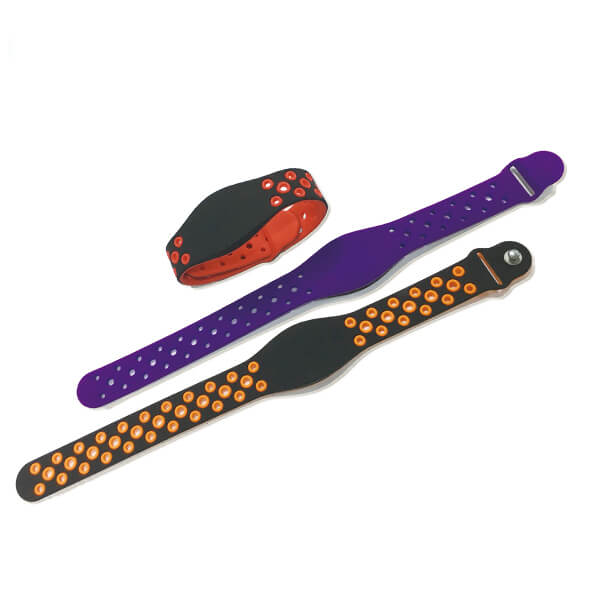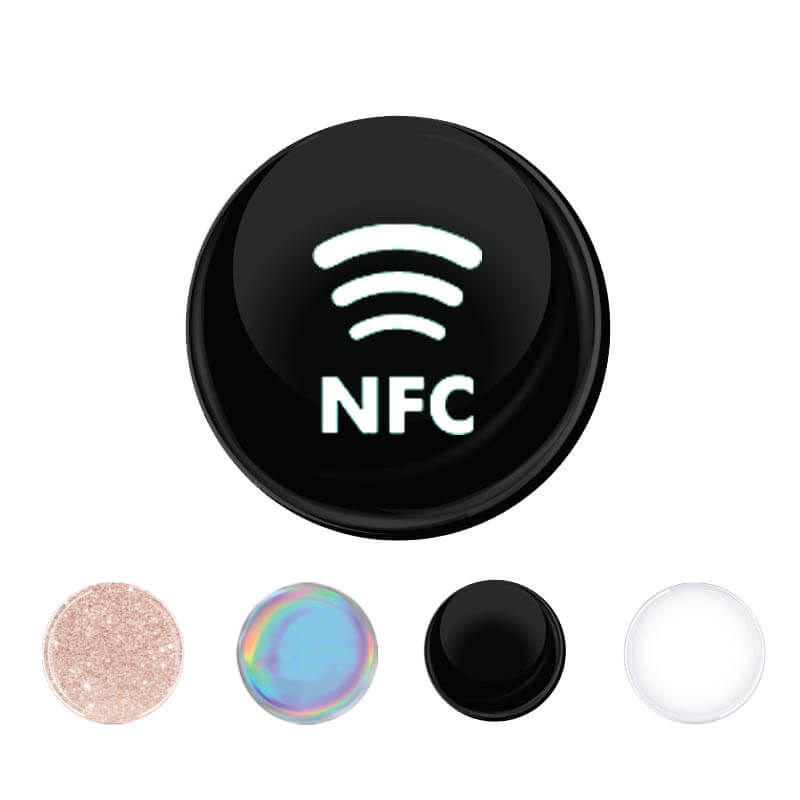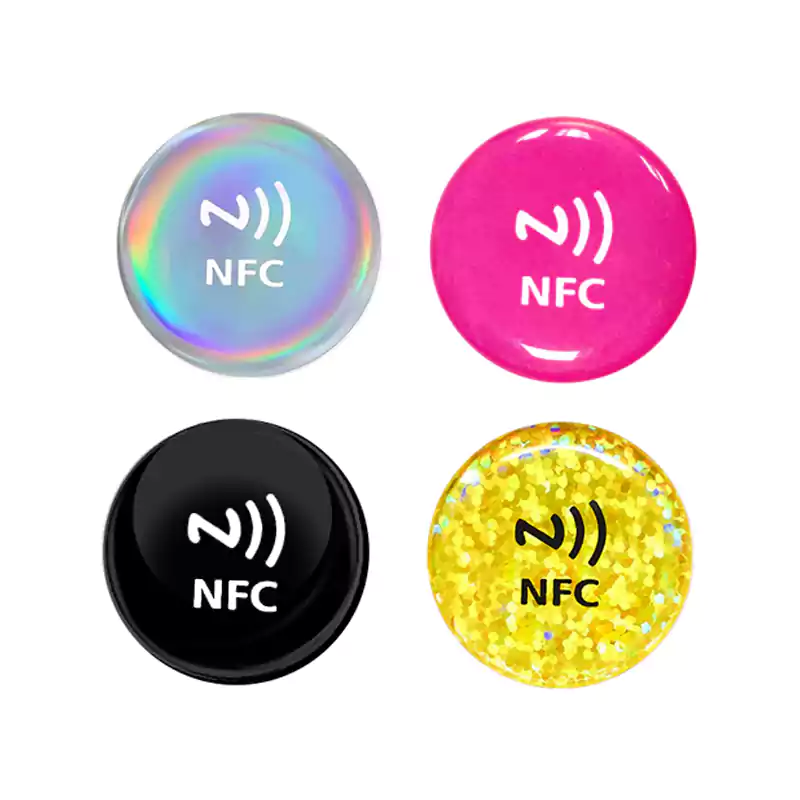NFC is a short-range wireless technology designed for communication between various devices, such as smartphones or payment terminals. It uses magnetic field induction to enable communication.
The technology is used in sensitive applications, such as mobile payments or accessing secure information. This sensitivity requires different security & privacy levels, which are defined by the NFC Forum.
What is NFC Forum?
NFC Forum is a not-for-profit industry association that sets standards and promotes the use of NFC technology. It was established in 2004, and currently has over 140 member companies from various industries, including technology, finance, and retail.
This body is critical for the smooth operation of NFC technology, as it sets guidelines for device interaction and communication protocols. It also manages the certification process for devices using NFC technology.
As such, you can be sure of interoperability and security. You can use any certified NFC device, regardless of the brand, to complete a transaction or exchange information.
NFC Forum Tag Types
NFC tags are small chips that can store information and communicate with NFC-enabled devices. These tags come in different types, each designed for specific use cases and offering varying levels of security & memory capacity. Their features are defined by the NFC Forum, and include:
- Type 1 NFC Tags
These tags are based on ISO14443A standards and have read/write capabilities (configurable to read-only). They have a storage capacity of 96 bytes and are often used for tasks such as data exchange or launching websites.
If you need more memory, you can expand it to 2K bytes. This flexibility enables you to use them for even more sophisticated tasks. Its data transmission rate is 106 Kbit/s. This is enough for basic applications, but may not be suitable for larger data transfers.
Besides, the tags are not equipped with reliable data collision avoidance, making them unreliable in crowded environments. Additionally, you may encounter interference if multiple devices try to access them simultaneously.
These limitations make Type 1 tags suitable for simple, low-security use cases. They are affordable, and often used in marketing campaigns or product packaging. An example of NFC Type 1 tags is Innovision and Topaz 512 (BCM20203).
- Type 2 NFC Tags
Type 2 tags are also based on ISO14443A, but have higher storage capacity and improved data collision avoidance. They can store up to 144 bytes of data, making them suitable for more complex tasks with larger amounts of information. However, they also offer a 48-byte storage option for basic tasks.
These tags have read/write capabilities, but can be configured to be read-only. Their data transmission rate is 106 Kbit/s, making them suitable for simple tasks but not high-speed data transfers.
Type 2 tags offer slightly better security and reliability in crowded environments compared to Type 1 tags. They use two-byte lock control TLV, allowing access control and preventing unauthorized changes to the stored data.
They are also affordable and often used in marketing campaigns or product packaging. An example of NFC Type 2 tags is the NXP MIFARE Ultralight. This is commonly used in credit cards, access control cards, and event tickets.
- Type 3 NFC Tags
Type 3 tags are based on Sony’s FeliCa standards and have a higher storage capacity than Type 1 or 2 tags. They have a memory of 1/4/9k bytes, enabling them to store large amounts of data and perform complex tasks.
While it is complex & highly efficient, it costs more and is often used in industrial or high-security settings. Type 3 tags also have read/write capabilities (with the option to change it to read-only), and are common in Asian markets.
Type 3 tags offer better security compared to Type 1 & 2 tags with a high-grade encryption system, preventing unauthorized access and changes to stored data. As such, it can be used to store sensitive information, such as payment details or medical records.
Its transmission speed is 212/424 Kbit/s, allowing for fast data transfers. An example of NFC Type 3 tags is the Sony FeliCa Lite-S. It is commonly used in transportation systems and ticketing.
- Type 4 NFC Tags
Type 4 tags are based on ISO14443A and B standards and have a larger storage capacity than Types 1, 2, and 3. They have a memory of up to 32k bytes, making them well-equipped for high-capacity tasks.
These tags also offer reliable data collision avoidance and a high-grade encryption system for secure storage and access control. An example of NFC Type 4 tags is the NXP DESFire EV1. It is commonly used in access control cards and event tickets.
Similar to Type 3 tags, Type 4 tags are also more expensive and often used in industrial or high-security settings. They have read/write capabilities but are flexible, enabling users to configure them to read-only. Their data transmission rate is 106/212/424 Kbits/second, allowing fast data transfers.
- Type 5 NFC Tags
Type 5 tags are based on ISO15693 standards and are more rugged, making them ideal for industrial use. They are resistant to physical damage, such as scratches and water, and have a larger storage capacity of up to 2k bytes. However, the tags are also available in 256 bytes, 896 bytes, and 1280 bytes’ memory.
They have a read/write capability, enabling you to rewrite the stored data. This feature makes it ideal for supply chain management or inventory tracking. Type 5 tags also offer a transmission rate of 106 Kbit/s, allowing for fast data transfers.
An example of NFC Type 5 tags is the NXP ICODE SLI. It is commonly used in item tracking and anti-counterfeiting measures. It has anti-collision features and a high-grade encryption system for secure storage and access control.
Which NFC Tag Type is Best?
The best NFC tag type for a specific application ultimately depends on the unique needs and requirements of that particular situation. Some factors to consider include storage capacity, security measures, transmission rate, physical durability, and cost.
However, only use Type 1 if you’re on a tight budget and need to store very little data. Type 2 tags are also affordable and offer slightly better storage capacity, making them suitable for low-security marketing campaigns or product packaging.
For high-capacity tasks and secure storage of sensitive information, consider Type 3 or 4 tags. And if you’re looking for a rugged option for industrial use, Type 5 tags may be the best choice.









